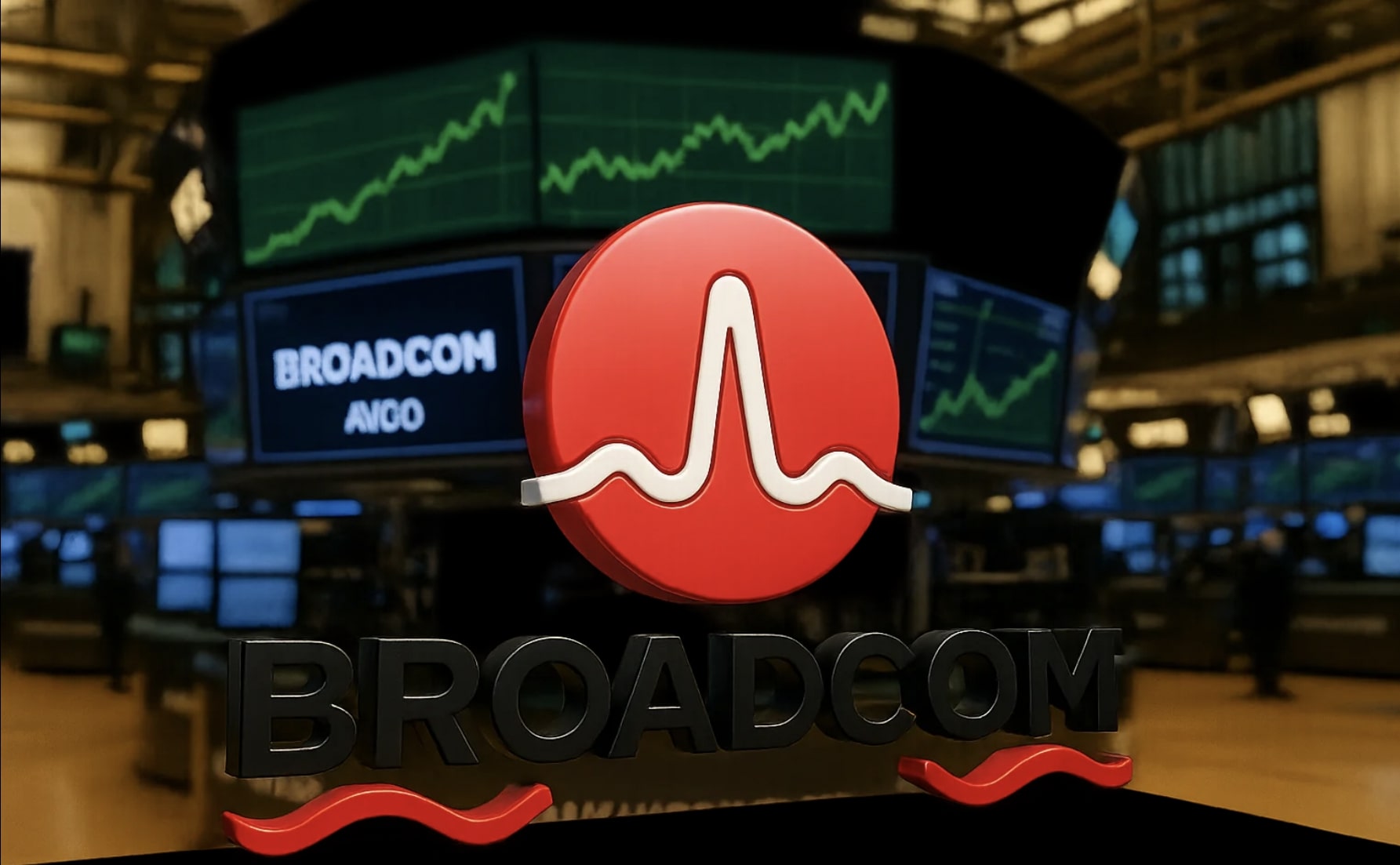
Morgan Stanley (NYSE: MS) at $94.77: Why Now Is the Time to Buy for Long-Term Growth
Is Morgan Stanley (NYSE: MS) Poised for a Big Upswing with Private Market Growth? Here's What You Need to Know | That's TradingNEWS
Morgan Stanley (NYSE: MS) Stock: Strong Buy with Unique Growth Catalysts
Introduction: Morgan Stanley's Resilient Model Amid Volatility
Morgan Stanley (NYSE: MS) has faced challenges in the broader financial market, with a 14% year-to-date drop in stock price. However, despite the downturn, Morgan Stanley’s performance remains strong. With $94.77 per share as its current trading price, the bank offers significant upside potential, driven by its robust business model, particularly in private market investments and its fee-based revenue structure. Unlike many other banks, Morgan Stanley has fee-based revenue that makes it more resilient to the volatility caused by interest rate fluctuations. As the Federal Reserve is expected to continue its rate-cut cycle, Morgan Stanley stands to gain considerably from these conditions.
The Future of Private Market Investments
Morgan Stanley’s focus on private market investments positions it as a major player in an emerging growth sector. While public equity markets are currently valued at $124 trillion, private equity markets, though still significantly smaller, have shown rapid growth. In 2021, private equity markets were valued at just $10 trillion, representing less than 10% of the value of public equity markets. Yet, private market investments have outpaced the growth of public equity markets in recent years, with assets under management expected to more than double to $24 trillion by 2026. Morgan Stanley is positioning itself to capitalize on this growth, offering services like co-investments, secondary market access, and pre-IPO share trading. With more companies staying private longer, the firm’s ability to offer investors access to these high-growth, high-fee investments will be crucial.
Q1 Earnings: A Solid Performance Amid Market Volatility
Despite broader market challenges, Morgan Stanley’s Q1 earnings were strong, reflecting the bank’s stability. The firm reported a GAAP EPS of $2.60, which was 18.7% higher than analysts’ expectations of $2.19. Total revenue for the quarter reached $17.7 billion, surpassing estimates of $16.6 billion. This represents a 17% year-over-year growth. These results were fueled by the growth in wealth management and private equity services, two areas that have become increasingly significant for Morgan Stanley. Notably, the bank reported Net Interest Income (NII) of $2.35 billion, which was an increase from the previous year’s $1.8 billion.
Morgan Stanley's Strategic Shift to Private Markets
The shift to private market investments is central to Morgan Stanley's growth strategy. According to data, there are now 17,200 private businesses in the U.S. with revenues greater than $100 million, far outpacing the 4,060 public companies of that size. Morgan Stanley is capitalizing on this growth by helping clients access these private investments. This is not just about expanding revenue streams but also about increasing transaction fees and commissions from high-value deals. As more companies stay private longer, Morgan Stanley will continue to gain from the lucrative market of private equity, particularly as these firms require liquidity and more specialized advisory services.
Private Equity Growth: A Catalyst for Long-Term Gains
Morgan Stanley's strength lies in its ability to generate higher commissions and fees from private market transactions. The bank’s wealth management division is focused on alternative investments, and with more than $200 billion of private alternatives available, this is a key source of growth. The growing momentum in private markets, combined with the shift toward secondary market transactions and the anticipated rise in private equity transactions, provides Morgan Stanley with a competitive edge. Notably, the private equity market is expected to continue expanding as companies increasingly seek capital outside the traditional public market.
Valuation and Growth Potential: Why Morgan Stanley is a Strong Buy
Morgan Stanley is currently trading at a forward Non-GAAP P/E ratio of 12.45, which is a 30.5% premium over the sector’s median of 9.54. While this premium might raise concerns for some investors, it is justified by the firm’s diversified revenue streams and high return on equity (ROE), which currently stands at 14.78%, far exceeding the sector median of 10.48%.
Additionally, Morgan Stanley’s forward EPS growth is projected to be 21.82% YOY over the next 12 months, representing a 130.26% premium over the sector median growth of 9.48%. With a forward PEG ratio of 1.21, the stock is expected to experience substantial growth, translating into 14.66% upside potential from current levels.
Risks to the Bull Case: Potential Slower Fee Growth While Morgan Stanley’s performance is impressive, there are risks associated with its future growth. The primary concern is the potential slowdown in private market deal-making. With higher interest rates and reduced liquidity in the private market, private equity firms may delay exits or hold on to deals longer. This could temporarily slow down fee growth for Morgan Stanley, as transaction fees from private markets are key to the bank’s revenue. However, Morgan Stanley’s unique position in the market, particularly its large network of retail accredited investors, allows it to provide liquidity even during slowdowns in the private equity space.
Conclusion: Morgan Stanley as a Top Investment in Financial Sector
Despite the premium valuation, Morgan Stanley’s unique business model, strong performance in private markets, and robust earnings profile justify its stock price. With a current price of $94.77 per share, the stock is a strong buy, supported by future growth in private equity and continued demand for wealth management services. Morgan Stanley’s ability to adapt to shifting market trends, particularly in private markets, gives it a solid foundation for long-term growth. As interest rates decrease and more capital flows into private markets, Morgan Stanley is positioned to benefit greatly.
For real-time stock data and updates, visit Morgan Stanley Stock Chart.
















